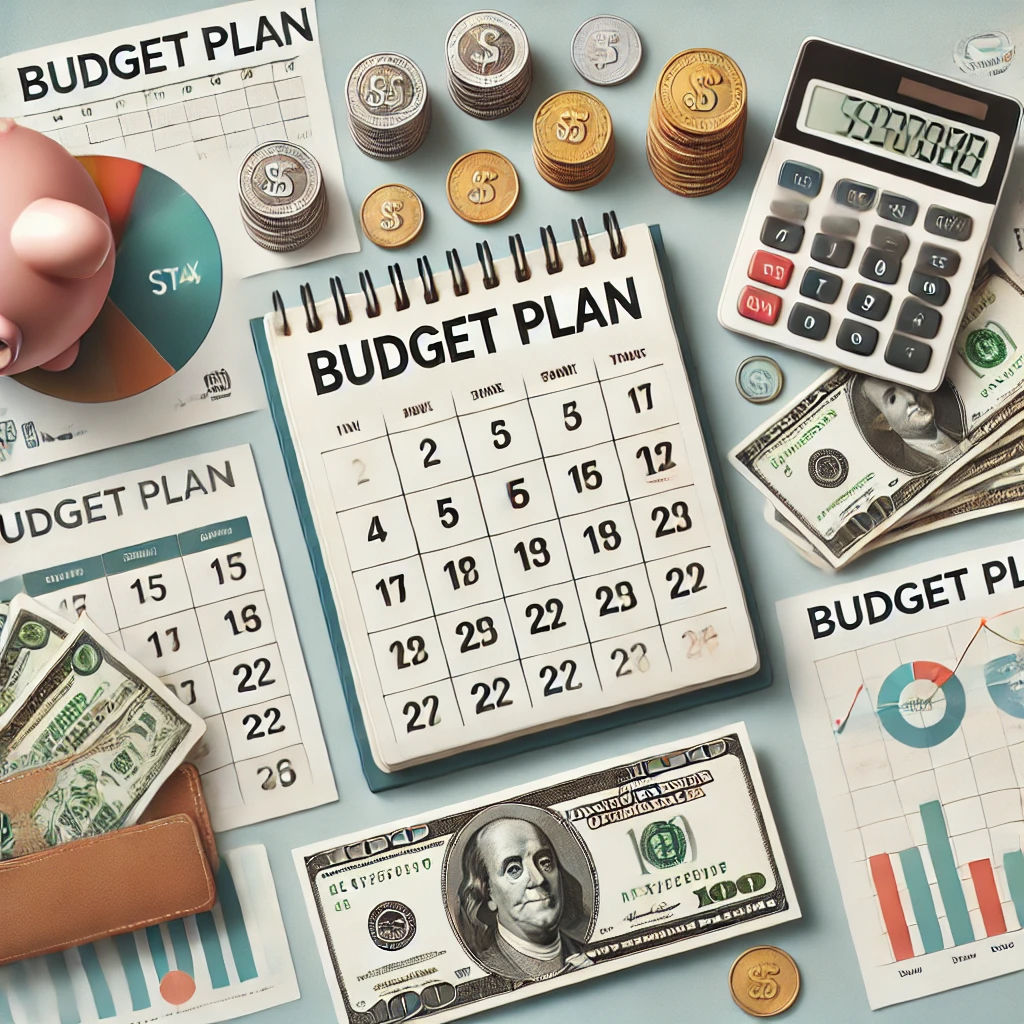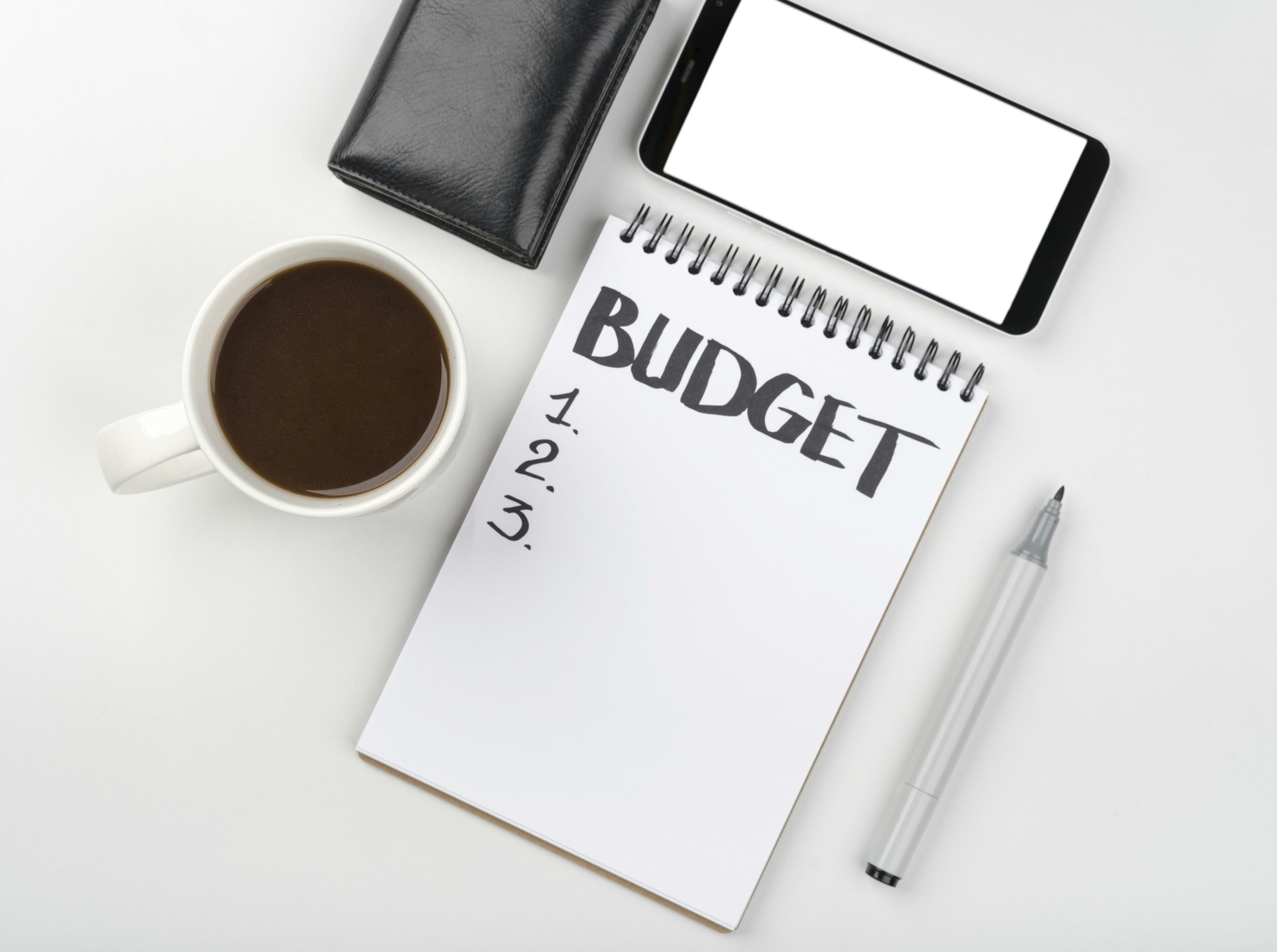Creating a budget is often seen as a tedious task, but it is essential for gaining control of your financial life. Whether you’re looking to pay off debt, save for future goals, or simply manage your spending better, having a monthly budget that works is the foundation for achieving these objectives. Fortunately, budgeting doesn’t have to be complicated. With a few simple steps, you can create a financial plan that suits your lifestyle and keeps you on track.
A monthly budget helps you understand your financial position, cut down on unnecessary expenses, and set aside money for your goals. Let’s dive into ten simple ways to create a budget that works for you.
What is a Monthly Budget?
A monthly budget is a financial plan that outlines your income and expenses for the month. It helps you allocate your funds effectively to cover both necessary and discretionary spending while also setting aside money for savings and future goals. Budgets can vary from person to person based on income, spending habits, and financial priorities, but the core principle remains the same: spending within your means.
Why Do You Need a Monthly Budget?
Many people avoid creating a budget because they feel it’s restrictive, but in reality, a budget offers freedom. By having a clear understanding of where your money is going each month, you reduce financial stress, avoid debt accumulation, and prepare for the future. Budgeting can help you avoid the cycle of living paycheck-to-paycheck, build an emergency fund, and meet important financial milestones.
1. Calculate Your Total Income
The first step in creating a monthly budget is calculating your total income. This includes not only your salary or wages but also any side income, freelance work, or government benefits. Knowing your total monthly income will give you a starting point for how much you can realistically spend and save.
Make sure to use your net income (the amount after taxes) instead of gross income to avoid overestimating what you can allocate to expenses.
2. List Your Monthly Expenses
Next, list all your monthly expenses, dividing them into fixed and variable categories. Fixed expenses, such as rent, utilities, and insurance, stay consistent from month to month, while variable expenses like groceries, transportation, and entertainment can fluctuate. Knowing these costs helps you understand where your money is going and highlights areas where you may be able to cut back.
It’s helpful to categorize expenses further into needs and wants, which will be important in managing discretionary spending.
3. Track Your Spending
One of the most critical components of budgeting is tracking your spending. It’s easy to underestimate how much you spend on things like dining out, shopping, or small impulse buys. Use tools like a journal, spreadsheet, or mobile apps to track every dollar you spend. Over time, this will give you a clear picture of your spending habits and help you identify areas where you can save.
4. Prioritize Your Needs vs. Wants
A successful budget relies on your ability to prioritize your needs over your wants. While it’s nice to treat yourself occasionally, focusing on the essentials, such as housing, utilities, groceries, and health care, ensures that your basic needs are met before spending on non-essentials. This shift in mindset can free up extra funds that can be used for savings or debt repayment.
5. Set Realistic Savings Goals
Saving money is a crucial part of any budget, but it’s important to set goals that are achievable. Start by setting a savings goal that is attainable within your current income level and expenses. For example, you may aim to save 10% of your monthly income or allocate a certain amount each month toward a specific goal, such as a vacation or emergency fund. Consistent, small savings add up over time, creating a financial cushion that offers peace of mind.
6. Use the 50/30/20 Budget Rule
The 50/30/20 rule is a simple budgeting method that divides your income into three categories:
- 50% for needs
- 30% for wants
- 20% for savings and debt repayment
This rule ensures that your essential expenses are covered, but still allows room for discretionary spending and savings. It’s a flexible structure that can work for most income levels.
7. Automate Your Savings
One of the best ways to ensure that you stick to your budget is by automating your savings. Set up automatic transfers from your checking account to your savings or investment accounts on payday. This way, you treat savings as a non-negotiable expense rather than an afterthought. Automation reduces the temptation to spend money that you’ve allocated for future goals.
8. Review and Adjust Regularly
A budget is not a static document; it requires regular review and adjustment. Your financial situation may change over time due to pay raises, new expenses, or changes in priorities. It’s important to revisit your budget every month to see what’s working and what isn’t. If necessary, make adjustments to ensure that your spending aligns with your goals.
9. Use Budgeting Apps
Technology can make budgeting much simpler. There are many budgeting apps available that can help you track expenses, categorize spending, and even suggest areas where you can cut back. Popular apps like Mint, YNAB (You Need a Budget), and PocketGuard offer user-friendly interfaces that make financial management accessible and efficient. These tools can automate much of the budgeting process, making it easier to stay on track.
10. Build an Emergency Fund
An emergency fund is a critical component of any budget. This fund provides a financial safety net for unexpected expenses such as medical emergencies, car repairs, or sudden job loss. Ideally, you should aim to save three to six months’ worth of living expenses in an easily accessible account. This ensures that you don’t need to rely on credit cards or loans when life throws unexpected challenges your way.
You Can Also Read: Must-Have Budget Travel Essentials for Your Trip
How to Stay Motivated to Stick to Your Budget
Maintaining motivation to stick to your budget can be challenging, especially when temptations arise or financial setbacks occur. One way to stay on track is by regularly reviewing your financial goals and celebrating small wins along the way. Whether it’s paying off a credit card or saving for a vacation, these milestones can reinforce the positive impact of budgeting.
Another key strategy is to make your budget flexible. Life is unpredictable, so build in some buffer for unexpected expenses or occasional splurges. A flexible budget is much easier to stick to in the long term.



